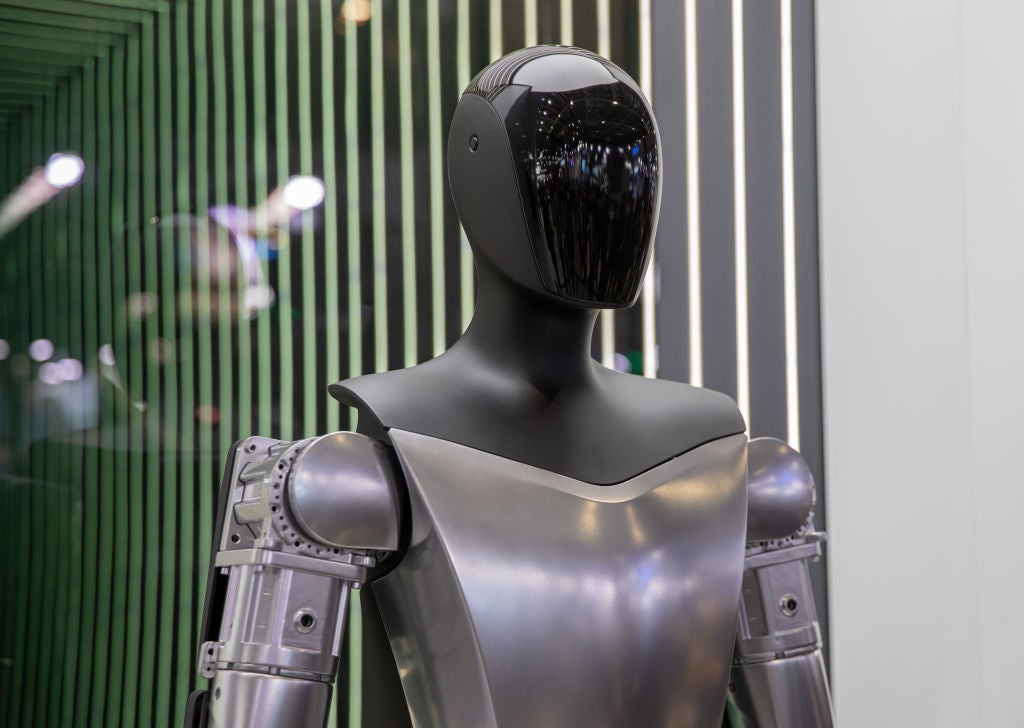
There is now an autonomous “field robot” which can pull weeds faster, and presumably more accurately, than any farm worker – at least according to Ekobot AB’s “precision agriculture” tagline. The “smart” agriculture approach, which utilises artificial intelligence, automation, and high-speed connectivity, should reduce costs and improve performance of the farm. Ekobot’s goal is to be able to offer practical and sustainable solutions to agricultural issues while reducing workloads with autonomous tools for vegetable farmers.
A pilot using Telia’s 5G network, networked video cameras from Axis Communications, and sector know-how from agri-tech research institute RISE has demonstrated successful automation of the traditionally manual task of weeding at a farm outside the city of Västerås in Sweden.
Data collected by the robot using onboard sensors including multispectral cameras and soil probes enables it to identify weeds and remove them automatically. The recorded data can then be further stored and processed in the cloud and analyzed by farmers in the field for so-called precision farming, with instructions sent back to the robot and made available to other farm workers. The robot can also be steered remotely, using real-time data feeds which require the low latency, high bandwidth connectivity of the 5G mobile network. In addition to cost savings and precision performance compared to manual processes, the solution can also reduce the farmer’s dependence on chemical herbicides.
Other examples of smart agriculture
Robots with cameras aren’t the only examples of smart agriculture deployed in the field—or in the sea, for that matter.
Fresh salmon
In order to track water quality for 35,000 salmon, Scottish Sea Farms have deployed 5G-connected smart water sensors from Libelium for measuring pH, temperature, salinity, and oxygen levels. Smart salmon farming can support the UK’s largest food export market (by value), even from Scapa Flow in the Orkney Islands, one of the country’s most remote locations. Using IoT and video technology to increase efficiency, Scottish Sea Farms points out the solution also supports several sustainable development goals, including clean water and sanitation, life below water, and responsible production and consumption.
How well do you really know your competitors?
Access the most comprehensive Company Profiles on the market, powered by GlobalData. Save hours of research. Gain competitive edge.

Thank you!
Your download email will arrive shortly
Not ready to buy yet? Download a free sample
We are confident about the unique quality of our Company Profiles. However, we want you to make the most beneficial decision for your business, so we offer a free sample that you can download by submitting the below form
By GlobalDataCattle farming
Other IoT projects using Libelium’s devices include Milanovici Farm in Romania, which is using the technology to reduce emissions from intensive cattle farming by optimizing livestock production. Instead of 5G, the cattle farm is using low power wide area networking and WiFi to connect its environmental monitoring devices, which measure temperature, humidity, particulate matter, and gases.
Organic food production
Another project in Italy with Agribio Social Cooperative uses data collected from sensors and irrigation actuators connected to WiFi to save costs and improve organic farm production quality. According to the farm’s manager, the solution makes farming easier by providing data-driven insights for making decisions aimed at improving crop growth, especially tomatoes in greenhouses.
Dairy farming
Beyond environmental monitoring, smart farming also includes monitoring and control of agricultural products throughout the logistics process. At Bega Cheese in Australia this year, Software AG and Optus helped deploy sensors connected over narrowband IoT to edge computing, machine learning, and streaming analytics in support of milk processing and production. By enabling live monitoring of milk quality, temperature, and quantity before and during transport, the solution optimizes logistics, preventing wastage from unnecessary journeys.
Smart robot farming is real
While Sweden’s farm robots continue their pilot project and prepare for even more automated tasks enabled by 5G in the future, agriculture is already a real-world laboratory for the Internet of Things around the world. Indeed, the sector accounts for 5% of all IoT projects in GlobalData’a IoT Deployment Tracker. If that figure seems low, it’s only until one considers the industry’s traditionally limited use of IT in core operations compared to other verticals.
Looking ahead, the combination of connectivity, analytics, and automation is bound to improve quality and efficiency in an increasingly large segment of the agriculture industry – on the land, in the sea, and in the food products we consume.






Related Company Profiles
Software AG
Bega Cheese Ltd